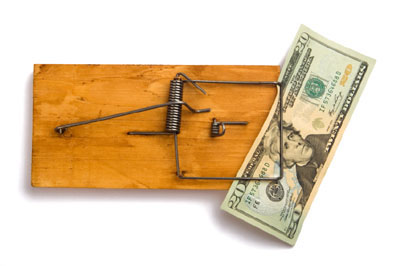Taking care of business! Successful Established Men who want to find women to date.
Looking for REWARDS? Take a RISK!!
There are many ways to run a business: capture/release, slow incline and what I’ll be talking about, risk and reward. Though risk and reward is not the most traditional method of prospecting a business, if done properly, it can be, pardon the pun, quite rewarding. What I’m going to be talking about, mainly, are what kind of businesses would use and how versus which businesses shouldn’t and why. Essentially, risk and reward can be easily translated in to take the risk, reap the reward. It sounds fairly basic, but successfully executing a risk and reward operation is not as easy as it seems. Risk can be classified as a blind action without knowing the results; however it is possible to be calculated as one would with science. A business risk is not unlike a scientific one because both can have the standard: question, hypothesis, procedure, observation, results, and conclusion. It may sound hyperbolic, but it is in fact, true.

The question would obviously be what is the risk we’re taking, why is it a risk, what are the pros and cons of it, how do we avoid failure, what are the possible outcomes and why are we doing this are among some of the more general questions to be asking at the beginning of the experiment. Obviously, before the hypothesis is started, every question needs to be answered (of course, if it can be).
Now that you’ve formulated and mulled over your questions, it’s time for your hypothesis. Much like a game plan, a hypothesis in business will have the structure of a scientific hypothesis but carried out in a manner much like that of a professional sport. Take your risk and give 110% because this can’t be normal trial and error, it has to be done right and given full attention because any kind of roadblock can tear it all down. This is veering in to procedure, but it needs to be stressed that before the procedure is started, every spec of the hypothesis has to be flawless and foolproof. When in the formulation process, always, always look back at your questions to make sure the hypothesis can tackle every angle of the risk. You’ve moved on to procedure. This is a continuation of the battle plan: what you need, how to use it, who’s using it, where, etc… Procedure, again, needs to be flawless. If you have a sales team making big purchases with varying scripts, it could land them in uneven territory. Doing a big media stunt? Who have you contacted, did you speak with an advisor, has it been done before—these questions should already be answered and if not then FIND OUT.
The next step is one that’s responsibility will be held mainly by management—observation. This needs at least the attention of three people being PR, Finance and at least one Executive. Any others (project specific) should join where applicable because observation is where you can either nix or continue said experiment, and of course be OPEN to criticism from any employees, whatever their status. Now when I say nix, that doesn’t mean one problem and stop the operation, I mean one problem gets reviewed discussed and if it’s re-occurring (depending on its size and importance) then you can discuss it accordingly. Observation is key to the success of any risk/reward operation because it is then you can pin-point where you went right or wrong. Now, during observation it is imperative that you have each department dedicating large blocks of time to heavily observe (!) their respective departments (in relation to the risk) to monitor everything that is happening to ensure every base is being covered so there are no holes that come down the road later in an otherwise successfully known risk.
After the risk has been completed a report needs to be created. I’m not talking about a 5-page analysis letter; I mean a LARGE report that again, apologies for repeating myself, covers EVERY BASE of the risk. Finance, completion, labor, etc. everything needs to be reviewed and accounted for. Once that has been completed you can move on to the second last stage: results. Results. They’re about as self-explanatory as it sounds. Good results=executed risk=your reward. However, if the risk was not a success or resulted in a stand-still, your reports will be doing the work for you. These are the most important documents you can own so if you want to, in future, go for another risk/reward operation, you’ll know where you went wrong and if you hire an external firm to help you out then they’ll know where you stand.
Conclusion: a mash up of all of the above, essentially answering all the questions from the beginning only to be answered with more questions. Did it work? Why and how? How much was the gain and was it worth the time? Your conclusion will tell you if the risk/reward system was for you and your company and if not, why you should NEVER do it again. As previously mentioned, this system is not the most widely recommended business model, but when properly executed, risk and reward can result in unfathomable success. Just one word of advice, be careful, be cautious and make reports…lots of them. Take a RISK and JOIN TODAY!!